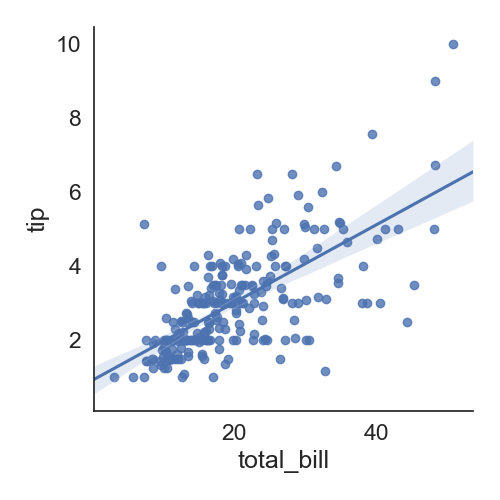
# select tick positions based on timestamp attribute logic. tdy 27327 score:95 The link you provided is a good resource, but shows the whole thing being done in matplotlib.pyplot and uses. For achieving data reporting process from pandas perspective the plot() method in pandas library is used. df.plot (y'A').setxticks (df.index, df.C) Note that plt.xticks always had a labels param, so this change just unifies the Axes and pyplot APIs. On top of extensive data processing the need for data reporting is also among the major factors that drive the data world. The following code shows how to set the x-axis values at the data points only: import matplotlib.pyplot as plt define x and y x 1, 4, 10 y 5, 11, 27 create plot of x and y plt.plot(x, y) specify x-axis labels xlabels 'A', 'B', 'C' add x-axis values to plot plt.xticks(ticksx, labelsxlabels) Note: You can find the complete. Idx = pd.date_range(' 00:00:00', freq='h', periods=dim)ĭf = pd.DataFrame(np.random.randn(dim, 2), index=idx) Introduction to Pandas ot() The following article provides an outline for Pandas ot(). Here's a generic example that shows the first day of each month as a label based on attributes of pandas Timestamp objects: import numpy as np

xticklabels ('manual') sets a manual mode, freezing the x -axis tick. Use this option if you set the labels and then want to set them back to the default values. xticklabels ('auto') sets an automatic mode, enabling the axes to determine the x -axis tick labels. I found that much easier than using locators from matplotlib.dates which work on other datetime formats than pandas (if I am not mistaken) and thus sometimes show an odd behaviour if dates are not converted accordingly. xl xticklabels returns the x -axis tick labels for the current axes. You could also format the x-axis ticks and labels of a pandas DateTimeIndex "manually" using the attributes of a pandas Timestamp object. One axis of the plot shows the specific categories being compared, and the other axis represents a measured value. This is useful when the DataFrame’s Series. This function groups the values of all given Series in the DataFrame into bins and draws all bins in one. A histogram is a representation of the distribution of data. Given that the bottom set are supposed to represent the months, it would be better if they went from 1 to 12. You can see that on our charts they are labelled from 10 to 25 on the y axis and 2 to 12 on the y axis. A bar plot shows comparisons among discrete categories. Draw one histogram of the DataFrame’s columns. Ticks are the divisions on the x and y axes. import pandas as pdĭf = pd.DataFrame(np.random.rand(100,2), index=pd.date_range('1-1-2018', periods=100))Īx.t_major_locator(mdates.MonthLocator()) A bar plot is a plot that presents categorical data with rectangular bars with lengths proportional to the values that they represent. Before we look into various implementations of Matplotlib xticks (), let me brief you with the syntax and return the same. It passes no arguments to return the current values without modifying them. Make sure to use x_compat in the df.plot() call per answer. The () function is used to get or set the current tick locations and labels of the x-axis. No need to pass any args to MonthLocator.


 0 kommentar(er)
0 kommentar(er)
